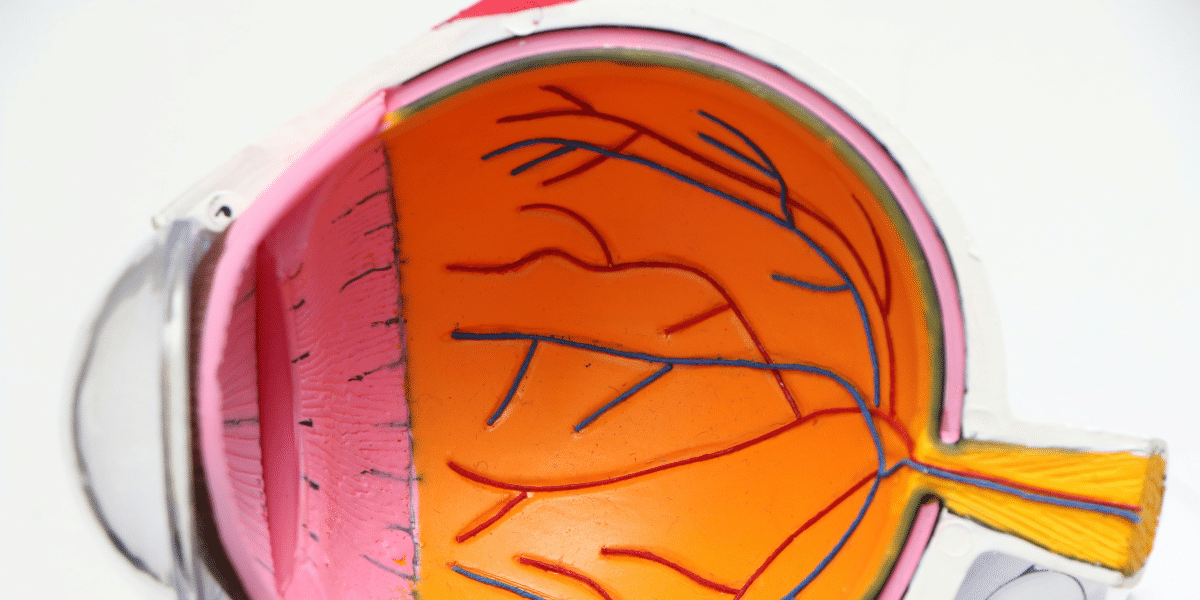Accelerated aging has become a rising concern, especially for those dealing with chronic conditions such as Long COVID and dysautonomia. These illnesses can significantly disrupt cellular processes, immune function, and nervous system health, often leading to symptoms associated with advanced aging—such as persistent fatigue, diminished immune resilience, and cognitive challenges. Addressing these unique challenges, Living the De-Aging Life by Dr. Groysman provides insights and strategies aimed at slowing the effects of accelerated aging associated with chronic illness, offering a perspective that extends beyond traditional anti-aging methods. Individual outcomes may vary.
A central focus of Living the De-Aging Life is mitochondrial health. Mitochondria, the cell’s “powerhouses,” are essential for energy production and cellular repair. Chronic conditions like Long COVID can damage mitochondrial function, reducing the cell’s energy output and increasing oxidative stress—both significant contributors to cellular aging. The book discusses strategies that may support mitochondrial health and resilience through nutrient-dense diets, lifestyle adjustments, and supplementation. These approaches may have varying effects depending on individual health conditions Dr. Groysman discusses autophagy and mitophagy, natural cellular processes that help clear away damaged cells to make room for healthier replacements, as essential practices to maintain optimal cellular function and a youthful appearance.
An especially innovative aspect of the book is its focus on dysautonomia—a nervous system imbalance that frequently accompanies chronic conditions like Long COVID. Dysautonomia disrupts the natural balance between the sympathetic (“fight-or-flight”) and parasympathetic (“rest-and-digest”) systems. When the sympathetic system remains overactive, it keeps the body in a prolonged stress state, increasing oxidative damage and accelerating cellular aging. To counteract this imbalance, Dr. Groysman highlights interventions such as vagus nerve stimulation, stellate ganglion blocks, and epipharyngeal abrasive therapy (EAT). These therapies aim to promote balance in the nervous system and may help manage chronic stress and inflammation, potentially supporting the body’s natural resilience. The effectiveness of these approaches varies by individual.
Reducing chronic inflammation is another key component of the de-aging strategies covered in Living the De-Aging Life. Chronic illnesses like Long COVID are often associated with systemic inflammation, which can erode cellular health and inhibit natural repair processes. The book advocates for an anti-inflammatory approach, recommending diets with essential vitamins, minerals, and phytonutrients. Alongside antioxidant support and stress management techniques, these may contribute to cellular health and well-being, though results vary.This approach helps combat oxidative stress, a primary contributor to aging at the cellular level.
Telomere health also receives considerable attention in Living the De-Aging Life. Telomeres are protective caps at the ends of chromosomes that naturally shorten with age, but this process can accelerate due to chronic stress and illness. Dr. Groysman discusses possible ways to support telomere health through lifestyle choices and therapies like IV nutrient infusions and hormone management, though the impact on telomere length can vary greatly among individuals. These strategies focus on telomere health as one factor in cellular wellness and resilience, but their effects on health and longevity may differ from person to person.
Beyond therapeutic interventions, Living the De-Aging Life advocates for foundational lifestyle habits that support de-aging goals. These include establishing sleep routines to promote restorative sleep, maintaining regular physical activity, and adopting stress reduction practices. Quality sleep is particularly emphasized, as it is integral to cellular repair and overall wellness. Mindfulness techniques and other stress management practices help mitigate the damaging effects of chronic stress on cellular health.
Although Living the De-Aging Life provides specialized guidance for those with chronic illnesses, its strategies for de-aging and vitality are broadly applicable. The book’s holistic approach, encompassing mitochondrial repair, inflammation reduction, telomere preservation, and a nutrient-dense diet, provides actionable insights that may support efforts to manage aging and improve resilience, though individual results can vary widely. By correcting the fight-or-flight imbalance, supporting cellular health, and focusing on anti-inflammatory principles, individuals can proactively support vitality and long-term well-being.
Living the De-Aging Life by Dr. Groysman stands out as an essential resource for individuals striving to age with resilience, energy, and health, especially those affected by chronic conditions such as Long COVID.
For those interested in learning more about these therapies, Dr. Groysman’s book is available on Amazon, and further information is accessible on his websites. To discover more about Dr. Groysman’s work, visit CovidInstitute.org and DeAging.Life.
Published by: Holy Minoza






